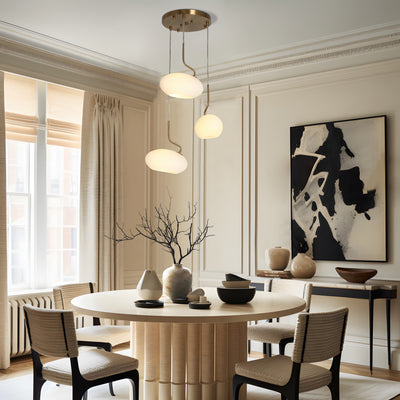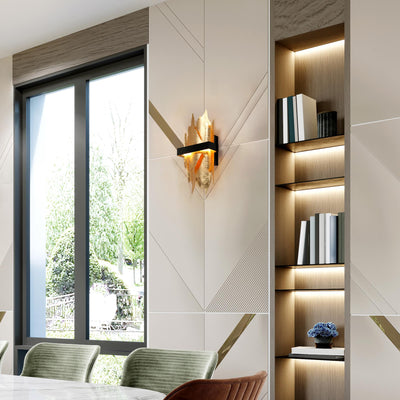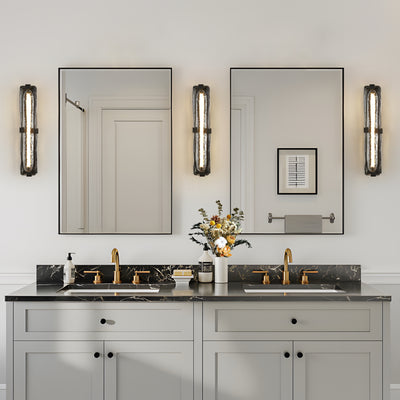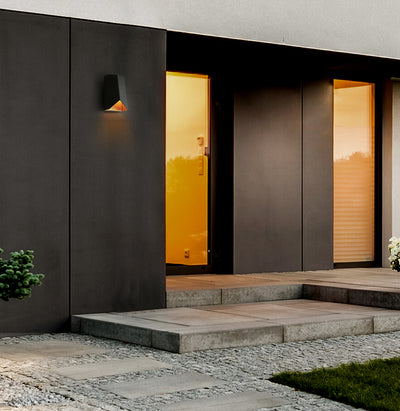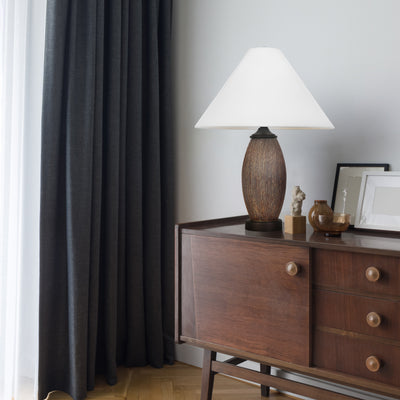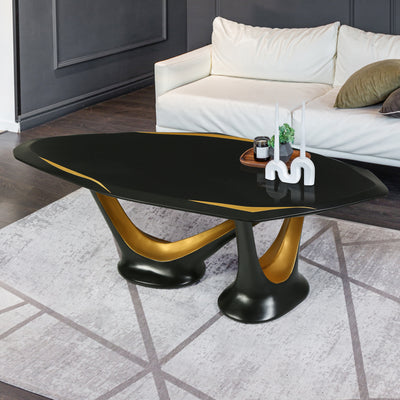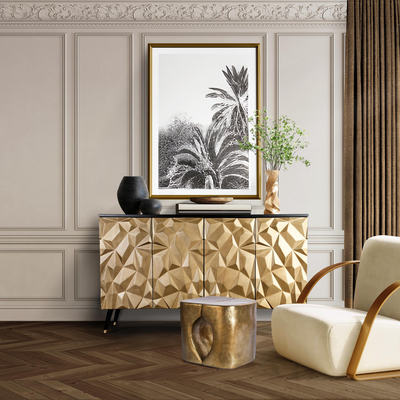
Are Your Fixtures Talking to Each Other? How to Create Flow with Consistent Lighting
Ever walked into a beautifully designed home that just felt... effortless?
Chances are, the lighting had a lot to do with it. Great lighting doesn’t just brighten a space—it connects it. One of the most common mistakes we see is choosing beautiful fixtures for each room, but they don’t quite speak the same design language. That’s where consistency comes in.
Let’s explore how to create flow and harmony in your home using lighting that’s thoughtfully chosen—and beautifully connected.
1. Consistency Doesn’t Mean Identical
When we say “consistent,” we don’t mean that every light fixture needs to match perfectly. In fact, overly matching can feel forced. What you’re aiming for is a visual thread that ties your spaces together.
-
Choose a common element: finish (like matte black, brass, or aged gold), shape (round, linear, sculptural), or tone (warm, light, or moody).
-
Let other elements vary: scale, material, or texture can shift from room to room while still feeling connected.
🪄 Think of your fixtures like a wardrobe: not every piece is the same, but they belong to the same style story.
2. Think in Zones, Not Rooms
Many homes today have open layouts, which means your kitchen flows into your dining area, and your living room may connect to a hallway or staircase. Lighting needs to transition seamlessly across these spaces.
-
Use a consistent finish or shape family across adjoining zones.
-
Consider using similar color temperature bulbs to avoid abrupt changes in mood.
💡 If your kitchen pendants are matte black, try using sconces in the hallway with the same finish or similar glass detail to keep the vibe cohesive.
3. Play with Scale and Placement
The right fixture isn’t just about how it looks—it’s also about how it sits in the space. Even if your finishes match, an inconsistent scale can make your home feel disjointed.
-
Go bold with a statement chandelier in an entryway or dining room.

-
Use smaller, cleaner-lined pendants or sconces in transitional areas like hallways or bathrooms.

📝 Tip: Let larger fixtures draw attention where you want it, then use supporting lights in the same style family to tie everything together.
4. Coordinate Color Temperature
You could have the most beautifully selected fixtures in the world—but if one room glows soft and golden, and the next is bright and cool, the flow falls apart.
-
Stick with warm white bulbs (2700K–3000K) across all visible spaces.
-
Avoid mixing cool (4000K+) and warm bulbs unless they’re in completely separate zones.
💬 Consistency in lighting temperature creates a calm, cohesive environment, even if you don’t consciously notice it, you’ll feel the difference.

5. Trust the Rule of Three
When creating flow, three is your magic number.
-
Choose three core elements to stay consistent with: finish, shape, and temperature.
-
These three threads can guide your entire lighting plan—giving you creative freedom without losing control.
🎨 For example: brushed brass + round silhouettes + 2700K bulbs = modern warmth across every space.
Bringing It All Together
Lighting isn’t just about function or even style—it’s about the relationship between spaces. When your fixtures feel like they’re having a conversation—not competing for attention—you create something deeper than decoration. You create a home that feels intentional, warm, and welcoming from room to room.
So yes, your fixtures should absolutely be talking to each other. And when they do, your whole home just... flows.
Next Up: Common Mistakes to Avoid When Buying Lighting Online


